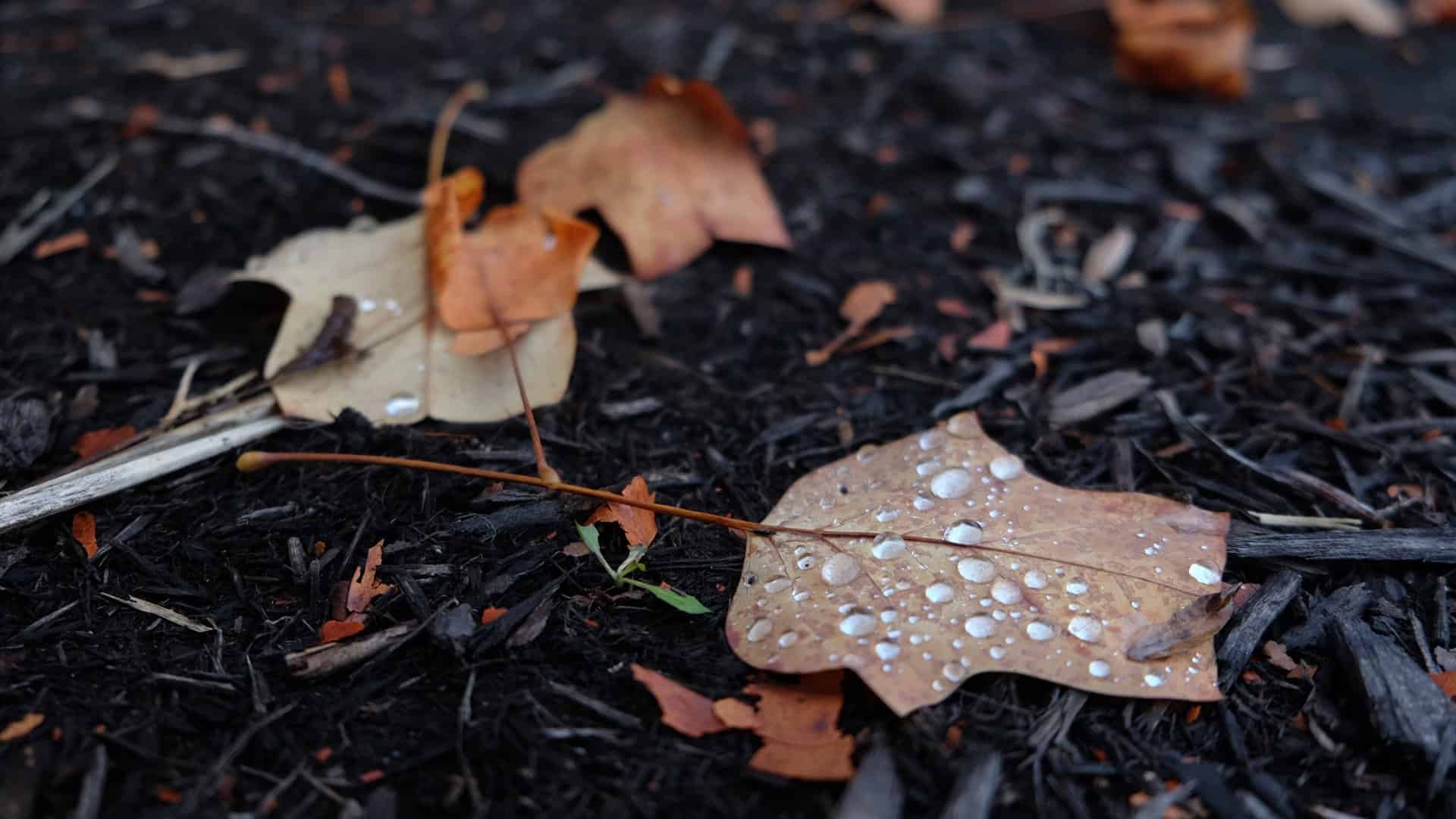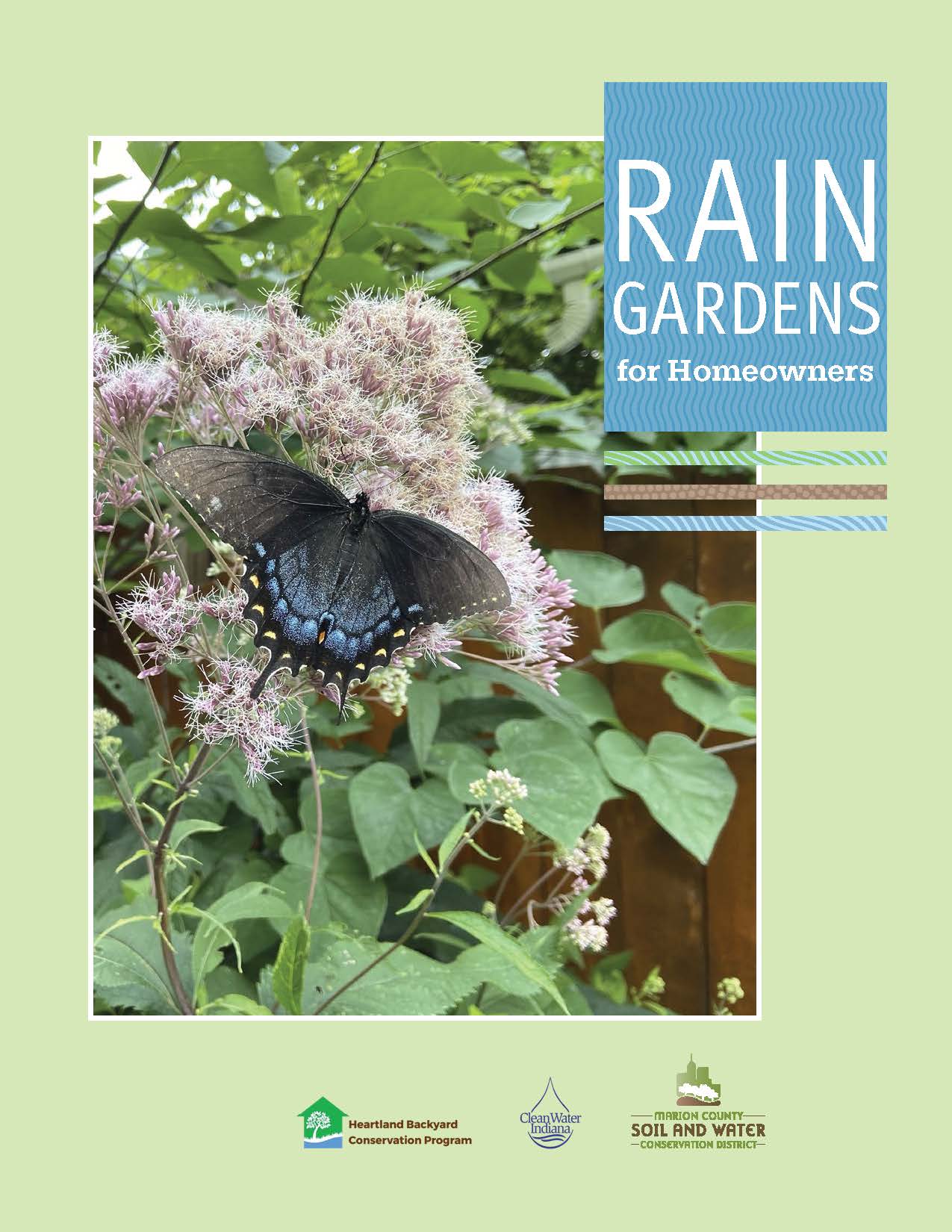Drainage & Water Management
Water is a valuable natural resource, but for many homeowners, it can also be a curse as they fight water in their crawlspace or standing in the yard for extended periods of time. Learning to balance minimizing & filtering runoff in order to decrease flooding downstream, and improving drainage in areas where standing water and wet crawlspaces and basements lead to health problems, can be difficult. This page will direct you to information and resources to help you with your land use decisions whether you are looking for drainage or green water management options.
Marion County Residents are responsible for drainage on private property not related to city storm drains.
The Marion SWCD assists property owners by providing drainage consultation to individuals and neighborhood groups trying to resolve their drainage problems.
Step #1 for drainage complaints:
Marion County residents with flooding, storm water issues, manhole cover capping recess concerns or other water issues on public property or related to city storm drains should first contact Citizen’s Energy Group (317)924-3311 to ensure it is not a sanitary sewer problem. They will send out an inspector to determine what is causing the problem and contact the party responsible. For information about homeowner’s responsibilities, view the Storm Drainage Responsibilities brochure.
For technical assistance with drainage problems on private property or for help in coordinating a neighborhood-led drainage project, you can contact the Soil & Water Conservation District at 786-1776.
The SWCD has produced a helpful booklet titled “Building With the Land” which includes many ideas for alleviating drainage problems. This booklet is not available online but can be obtained by contacting us and requesting your free copy.
Quick Helpful Tips for Drainage Problems
Drainage problems and the resulting pot holes in the streets are Marion County residents’ #1 complaint almost every year. The Soil & Water Conservation District can assist you with information to help. Fact Sheets are available below to help you make drainage improvements or plans for new construction. For on-site assistance please contact our office.
Click below for help with water that stands for long periods –
- Fact Sheet for surface drainage
Click below for additional help with water in your crawl space or basement –
- Fact Sheet for subsurface drainage
Click below for information on and understanding the effects of old farm tiles –
- Fact Sheet for old farm drainage tiles
Click below for information on hillside seeps-
Fact Sheet for hillside seeps
The City of Indianapolis has updated their website to include stormwater information for landowners
-Information for property owners and renters
-Responsibilities for the general public
-How to manage household hazardous waste
-Resource list
-Ways to make a difference by protecting our waterways
Click below for information on removing log jams-
- Fact Sheet for Log Jam Removal Guide
For federal flood assistance contact FEMA at www.fema.gov
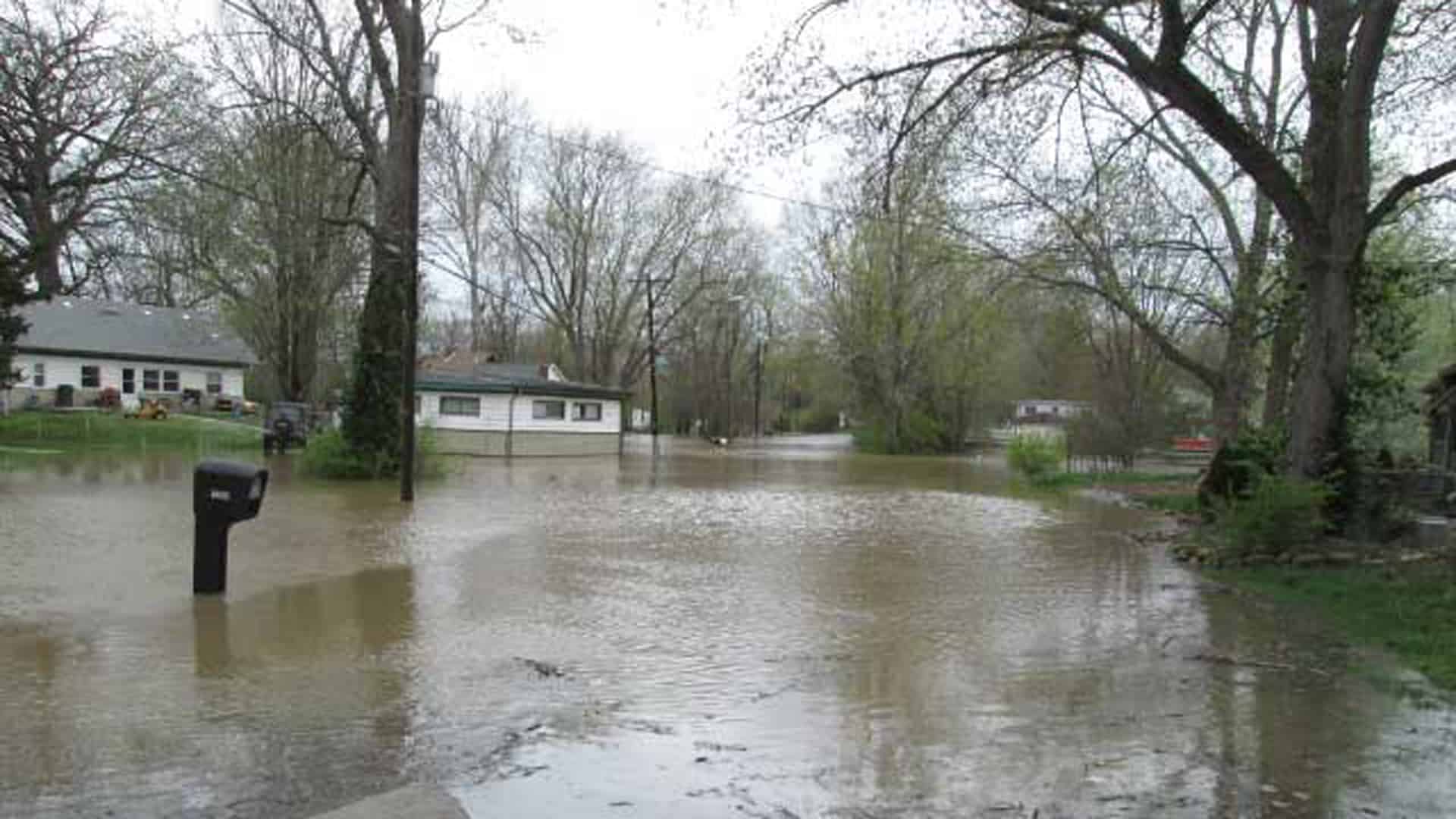
What do the following situations have in common: a failing septic system, potholes in the road, standing water in your crawlspace, a dying tree, and corroding pipes in the ground? They all can be caused by not considering the soil before making land use decisions.
You can find general soils information for your location using the Web Soil Survey. Once you determine your soil type our easy Soil Descriptions can help you understand the strengths and limitations of your soil types. Our office is available to help you make wise land use decisions for your soil type.
Soils Information for Your iPhone
GPS based, real-time access to USDA-NRCS soil survey data, formatted for the iPhone is a free ap available from iTunes. This application retrieves graphical summaries of soil types associated with the iPhone’s current geographic location, based on a user defined horizontal precision. Sketches of soil profiles are linked to their official soil series description (OSD) page. Soil series names are linked to their associated page within the CA Soil Resource Lab’s online soil survey, SoilWeb.
To Check out the iTunes Website click here
Click the link below for a pdf booklet on soil types, how soils formed and how to use a soil survey:
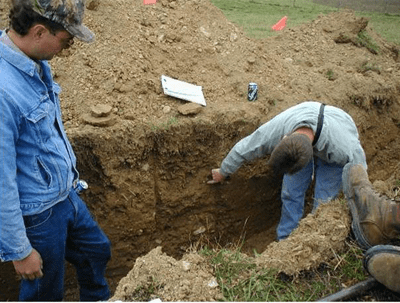
Rain Gardens
Rain Gardens are becoming a popular conservation practice in urban areas because they are a small step that landowners can make to help decrease runoff and flooding in their community. Rain gardens are created to be depressional garden areas where surface runoff can collect and percolate down through the soil. Percolation is improved through soil amendments and the use of deep rooted native plants.
The Marion County SWCD has developed a new rain garden guide which you can download HERE.
(Our Rain Garden Guide was sponsored by Heartland Backyard Conservation Program and Clean Water Indiana)
Purdue Extension Service has produced a couple of DIY instructional YouTube videos on how to design and build your own rain garden.
Part 1: Sizing and designing a rain garden
Part 2: Installation
Information found in the Marion County Soil Survey can be very valuable in determining if your soil type is suitable for a rain garden.
More information on rain gardens:
The Normandy Barn Rain Garden
The Normandy Barn Rain Garden was originally built by the district and our partners in 2009 at the Indiana State Fairgrounds. This approximately 200 square foot rain garden drains a 2,600 square foot area including the east roof of the greenhouse building immediately adjacent to it.
The native plant community originally planted in the garden was well established but over the years became overrun with Bindweed and Johnson Grass as well as Siberian Elm and White Mulberry trees. In July 2018, the district collaborated with local healthcare provider CareSource on a volunteer weeding and mulching project to remove invasives at the garden. After this initial cleanup, District staff removed additional invasives and replanted the border and bottom of the rain garden with Prairie Dropseed, Joe Pye Weed, and Ironweed in May 2019. In July 2019 a landscape paver border was installed to protect the new plantings from foot traffic. Finally, last year a new sign was added along with additional plant material including Blazing Star and various sedges.
District staff continue to weed the garden and hope you’ll visit it at the Indiana State Fair every August!
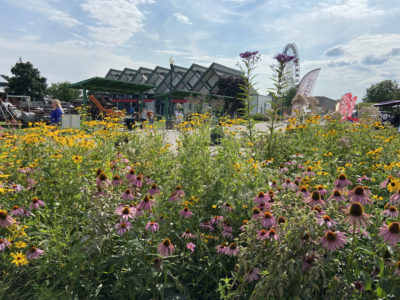
The Marion County SWCD has developed a new rain garden guide which you can download HERE.
(Our Rain Garden Guide was sponsored by Heartland Backyard Conservation Program and Clean Water Indiana)
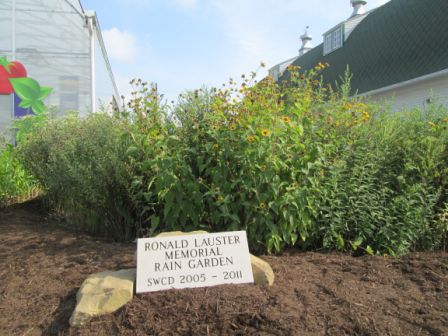
Bioswales
Bioswales transport water with the advantage of also slowing the water down and filtering it before it reaches its outlet. Once established they are fairly easy to maintain but accumulated sediment will need to be cleaned out occasionally. Stormwater user fee credits may be available for installing both bioswales and rain gardens. For more information check out the fact sheet link below:
The EPA has created a set of fact sheets on best management practices for stormwater. You can find the link to them below:
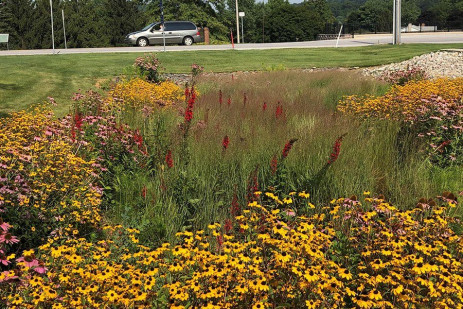
Rain Barrels
What is a rain barrel?
A rain barrel is a system that collects and stores rainwater from your roof that would otherwise run off and be diverted to storm drains, streams, and the White River. It is composed of a large drum (usually about 50 – 60 gallons) a vinyl hose, PVC couplings, a screen grate to keep debris and insects out, and other common items. A rain barrel is relatively simple and inexpensive to construct and can sit conveniently under a residential gutter downspout.
Rain barrels have become very popular again because they lower water bills for those who water their gardens in the summer, rain water is better for plants than chlorinated city water, and collecting water during storms helps to decrease runoff from our properties thus making a small step towards controlling flooding downstream.
Some local sources include:
- Express Yourself Rainbarrels (a social enterprise of the KHEPRW Instituite)
- Agrarian Indy
- Hamilton County SWCD
- Or build your own using our rain barrel fact sheet
